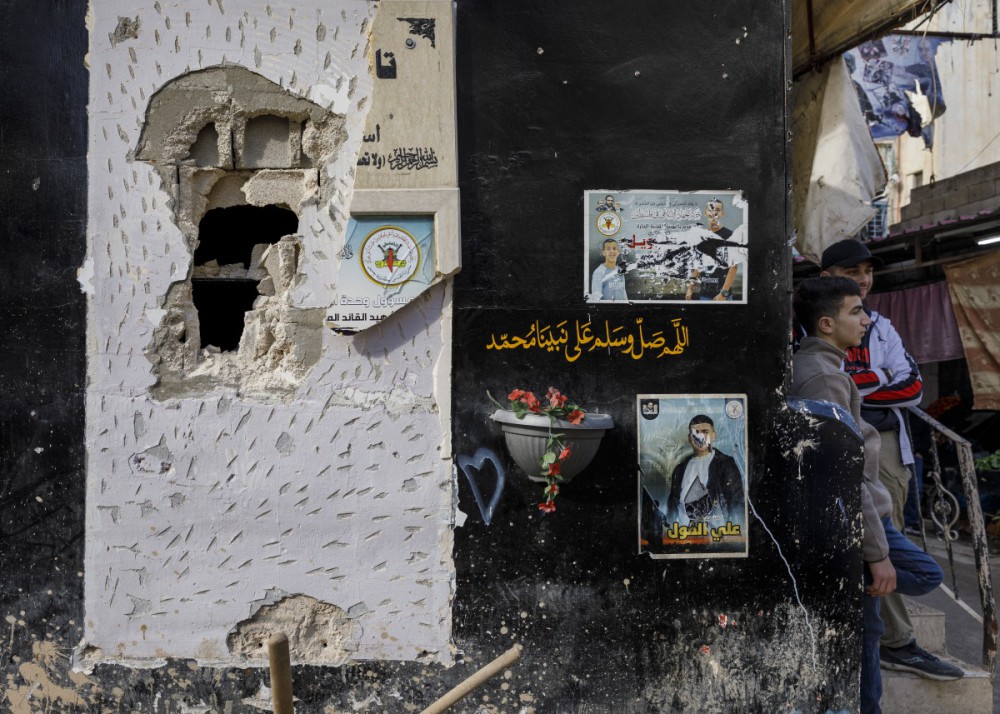
December 17, 2023, Jenin refugee camp: A stone plaque with a printed photo of a Palestinian martyr, shattered and defaced by Israeli occupation forces (IOF); only the words “The Martyr Leader” remain. Many families in the camp who lost a member have such plaques at the entrances of their homes. These have become a target of vandalism and destruction by the IOF in the current genocide in Gaza.
After a Palestinian is killed by Israeli violence, their family and community print and display photographs of them throughout towns and streets. Sometimes individuals’ photos are collaged alongside images of fellow martyrs (the term Palestinians use to describe anyone killed by Israelis) from the same town or community. Families also put up images of the martyr in central locations in the martyrs’ families’ homes. For Palestinians, photographing and remembering martyrs is a means of resistance to Western-Zionist settler colonialism.
For 76 years, Palestinians have fought the Israeli Zionist project in Palestine that has displaced them, colonized their land, subjected them to a brutal military occupation and apartheid, systematically confined and fragmented their communities, and denied the right of return for around 750,000 refugees forcibly displaced during the 1948 Nakba and their descendants, who now number roughly six million. Israel’s genocidal attack on Gaza since October 2023 is no exception.
Israel, like any other settler-colonial power, understands the power of images. In recent months, Palestinians have been broadcasting Israel’s genocide in Gaza, which has informed and moved the public across the globe. In the West Bank, it seems the Israeli occupation forces (IOF) have declared war on photographs, vandalizing, damaging, and destroying them. Israel has also targeted the infrastructure that enables Palestinians to commemorate the dead. I witnessed the aftermath of an IOF raid on Nibras printing press opposite the Dheisheh refugee camp in Bethlehem. I interviewed the owner one day after the facility was invaded, and he told me his printers were confiscated, valued at over $100,000, and the place was ransacked. Additionally, the IOF invaded the owner’s extended family’s homes, strip-searched the women and men, and stole their money.
Israel’s campaign of destroying visual representations of Palestinian martyrs intends to erase the physical symbols of resistance and seeks to undermine the collective memory and narrative of the Palestinian people.
Amid this ongoing struggle, the community’s insistence on displaying images of their beloved children defies the IOF’s attempts to erase their memories. The relationship between commemoration, memorialization, and photography in Palestine has evolved over the years, drawing inspiration from locally available materials. Stone has become a canvas for printing photos, alongside glass, fabric, metal, and traditional photo and poster paper. This diverse array of materials contributes to a rich tapestry of visuals embodying the enduring spirit of Palestinian resistance and resilience.
The photographs presented in this essay offer a glimpse into the violent actions of Israel’s occupation forces, specifically the destruction of martyrs’ images in the city of Jenin and the adjacent Jenin refugee camp in North Palestine. To destroy these photographs displayed in city and camp squares and inside private homes, Israel has employed various tactics, including bulldozing monuments, breaking plaques, shooting images, and spraying the Star of David or an “X” on the photos with paint. Israel’s campaign of destroying visual representations of Palestinian martyrs intends to erase the physical symbols of resistance and seeks to undermine the collective memory and narrative of the Palestinian people.
Taken during my walks through the streets of Jenin and the Jenin refugee camp between November 2023 and January 2024, these photos convey Israel’s violence toward the visual representation of Palestinian memory and the memorialization of Palestinian lives. In addition to depicting the destruction of images, these photographs capture not only the immediate violence against physical representations, but also the underlying fear and threat that these depictions of Palestinian resistance instill in the Israeli settler-colonial regime.
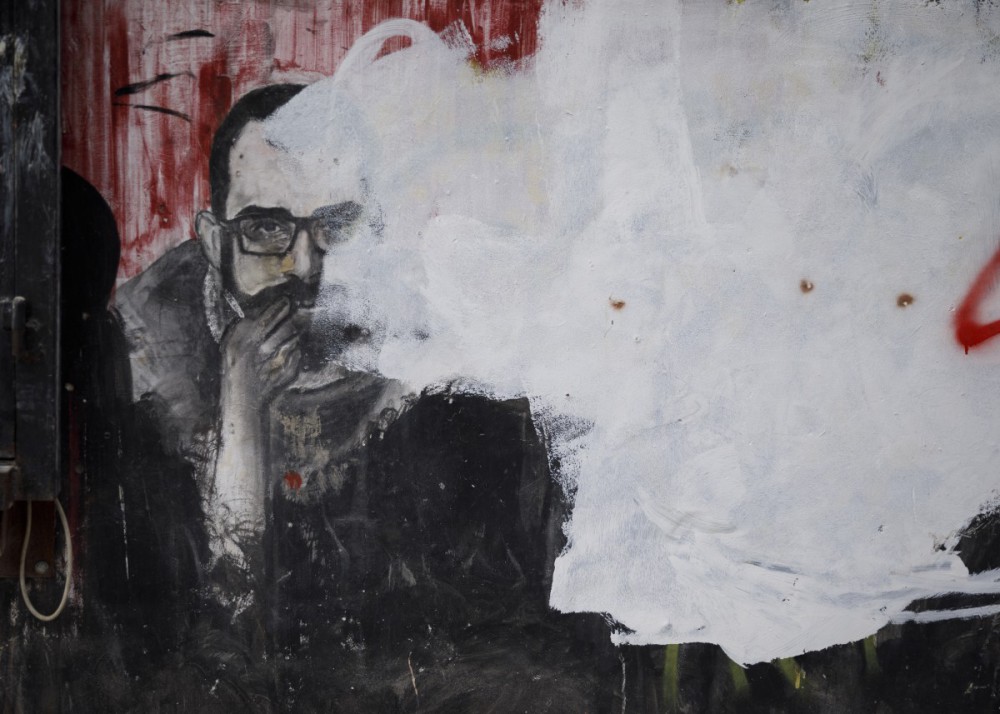
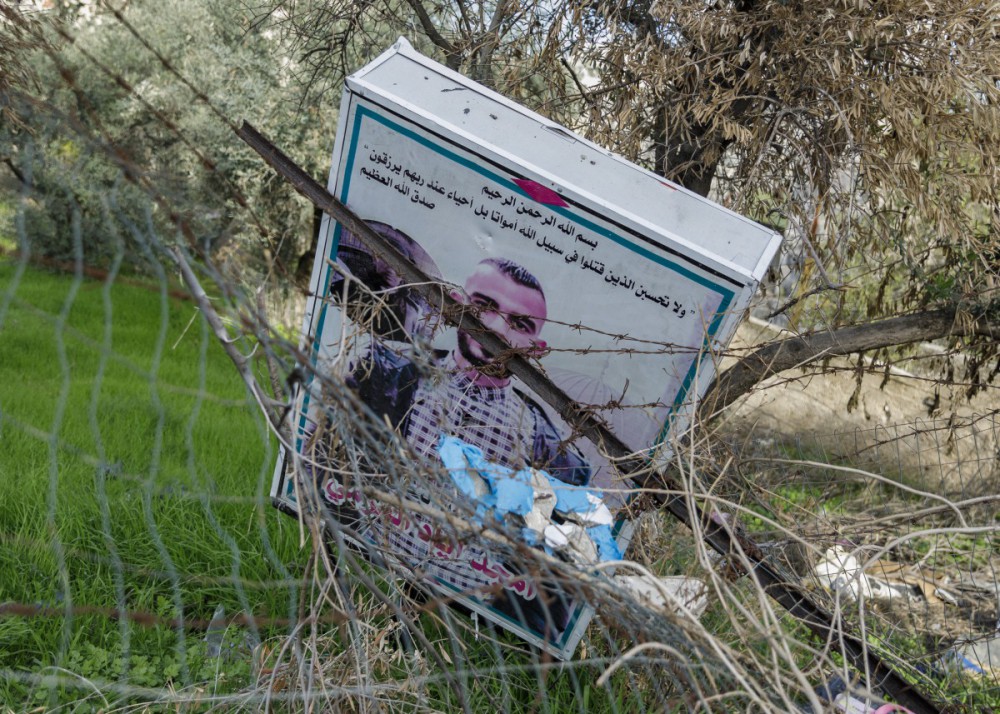
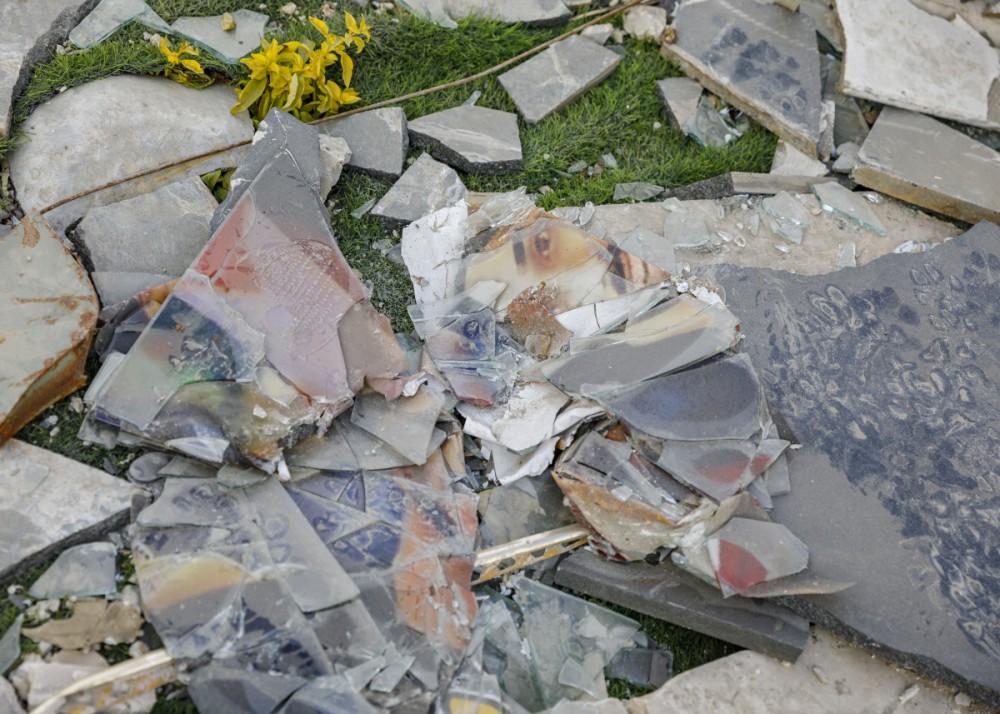
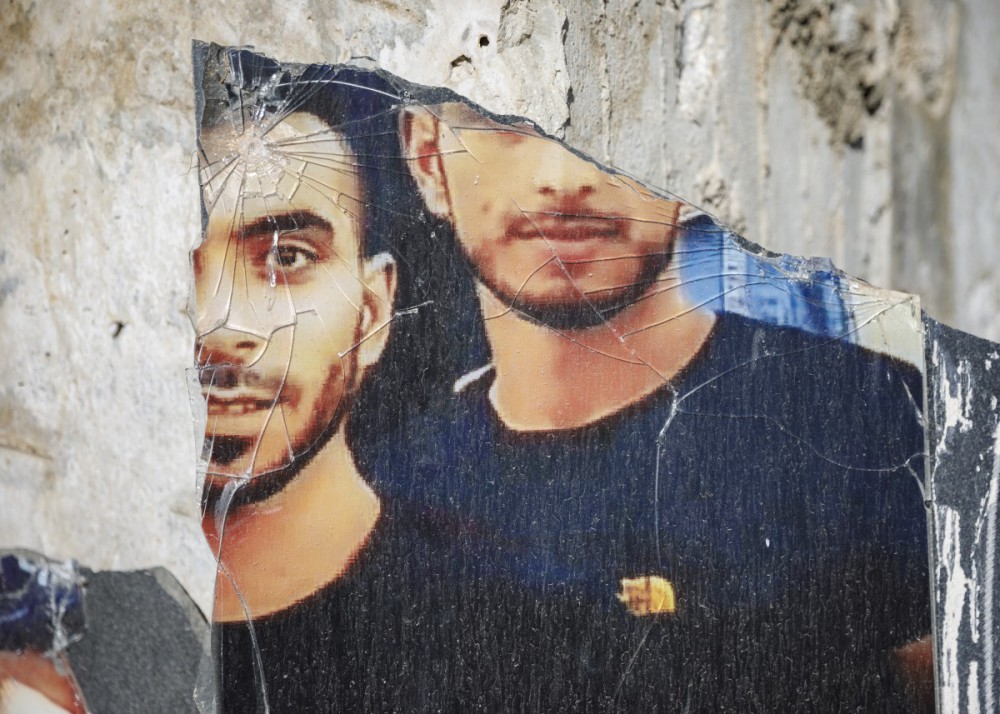
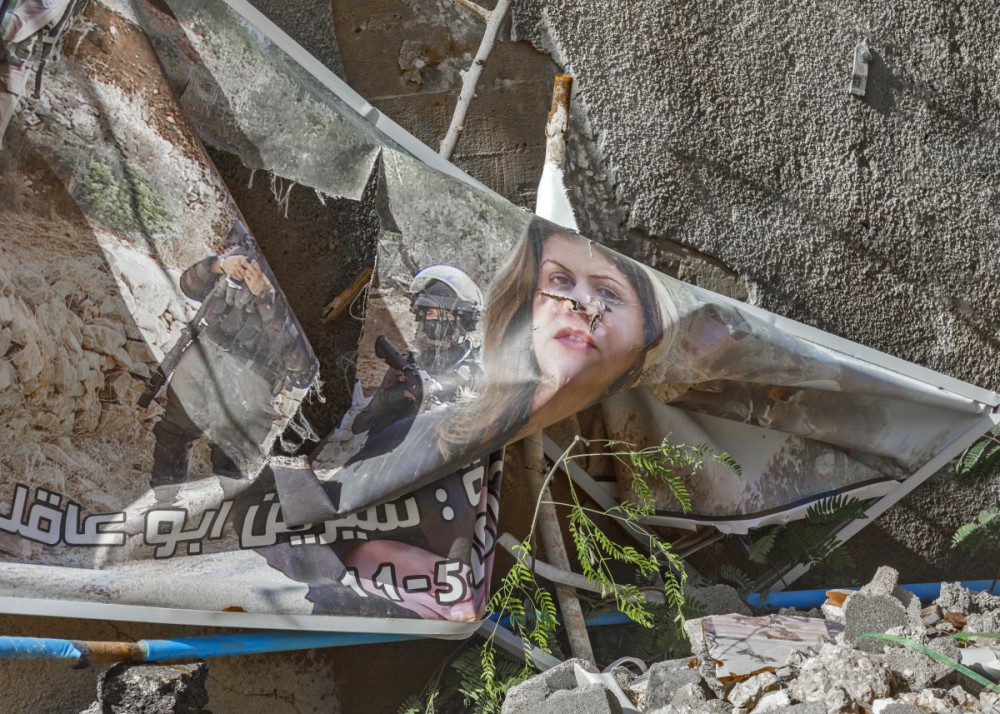
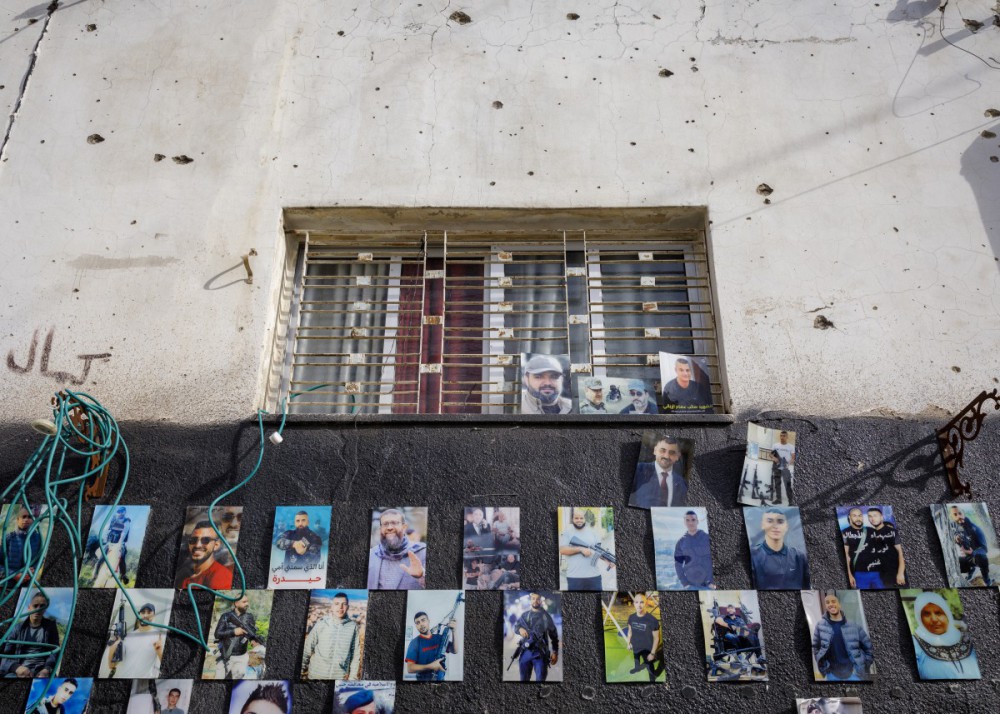
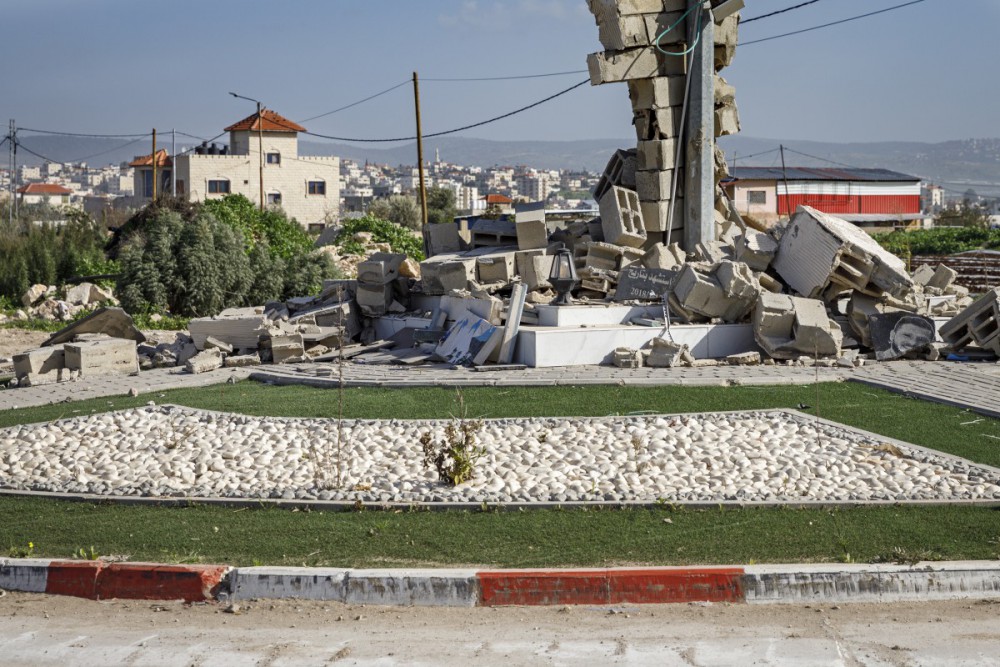
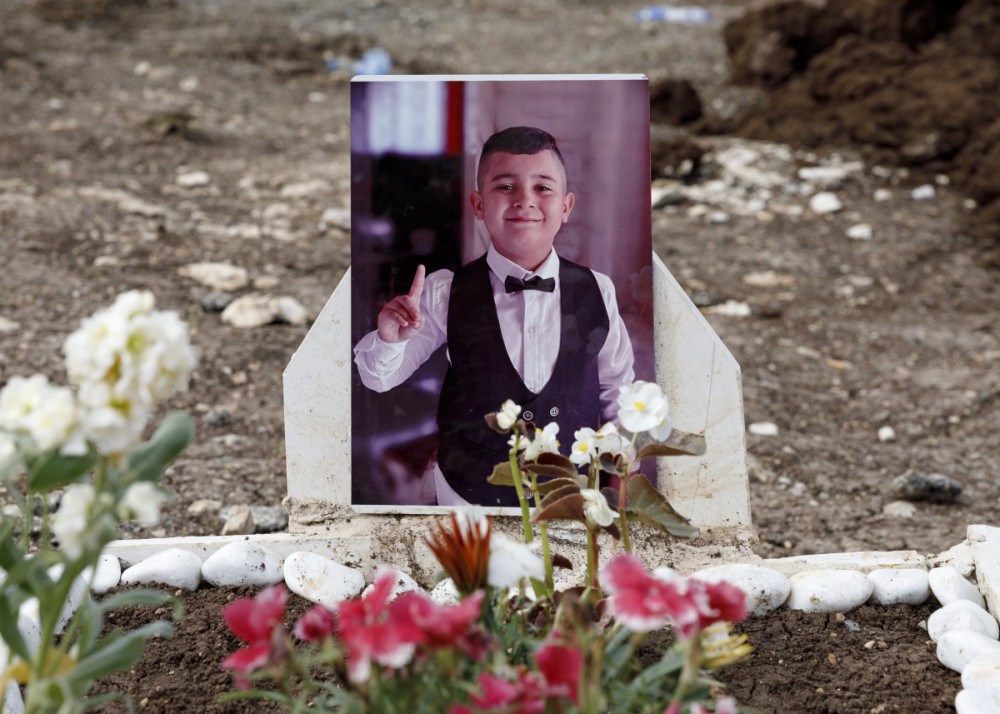


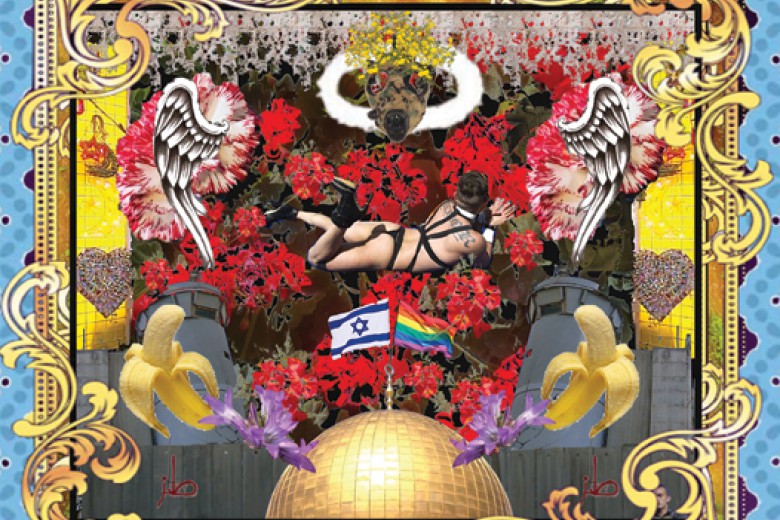
_780_520_s_c1.png)
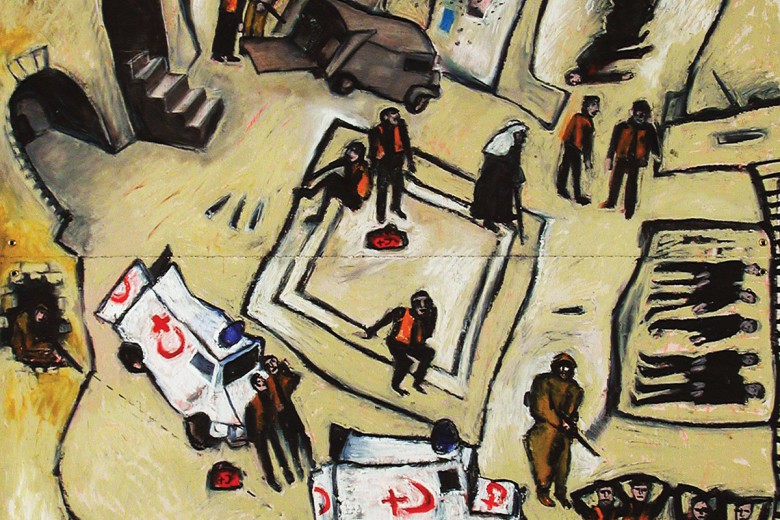
_780_520_90_s_c1.jpg)
